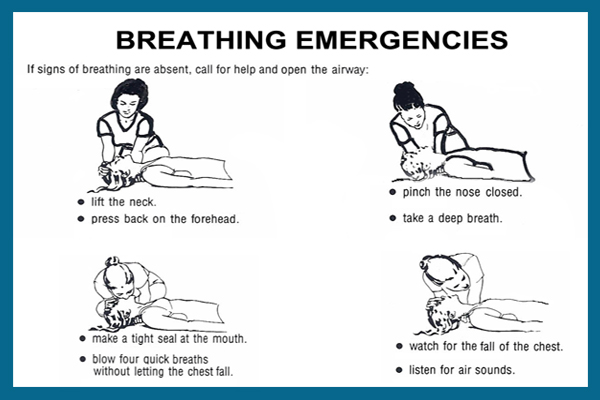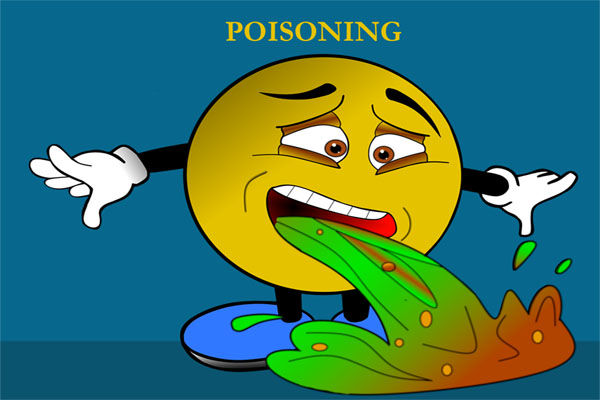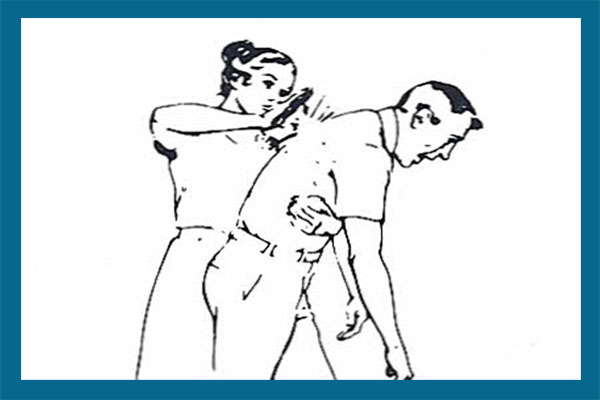Health Pages
CPR (Cardiopulmonary Resuscitation)
Cardiopulmonary Resuscitation
Cardiopulmanory resuscitation, or CPR, is a lifesaving emergency techique that is performed when the heart stops beating. The goal is to maintain the flow of blood and oxygen to the brain and other vital organs. Brain damage starts within 4 to 6 minutes after the heartbeat and breathing stop, and death generally occurs in 10 to 12 minutes.
Assessing the victim
1. Determine whether the victim has a pulse or is breathing. Try to rouse the person by shaking gently or speaking loudly. If there is no response, feel for a pulse in the wrist or neck. Also check for breathing. Gently lift the chin and tilt the head back a little. This opens a blocked airway. Then look for chest movement, listen for breath sounds, or feel for air being exhaled from the nose or mouth. If these signs are absent, breathing has stopped.
Other check points
Quickly look for signs of bleeding or a head or neck injury. Check the eyes to see if the pupils are dilated. Look for poisoning or drug overdose.
Call for help
If someone else is available, have them call EMS (Emergency Medical Service) by dialing 911. ,If you are alone and near a phone, make the call yourself. Be sure to give the exact location and stress that the person has no pulse. Do not hang up until the dispatcher has all the information needed to send help.
After calling for help, prepare to begin CPR by positioning the victim on his/her back on a hard and flat surface. Try to stay as calm as posible.
Start CPR: AIRWAY
Remember the critical ABCs of CPR: Airway, Breathing, and Circulation.
Open the airway by gently lifting the chin. This maneuver moves the tongue out of the airway and may prompt the victim to start breathing on its own.
BREATHING
Use one hand to pinch the victim's nostrils shut and the other to support the chin. Use mouth-to-mouth breathing to deliver 2 slow breaths. Continue delivering 10 to 12 breaths per minute. Watch the victim's chest to make sure it rises and falls. If the chest doesn't move check for an obstructed airway and try to clear it.
CIRCULATION
Find the bottom of the breast bone (the sternal notch) and measure 2 finger widths above it. The little finger of the bottom hand should be positioned over that spot.
Place the second hand atop the other, and compress the chest 1½ to 2 inches.
With both hands in position establish a steady rhythm by counting one-and-two-and... with each compression. Compres the chest 80 to 100 times a minute.
If you are doing the CPR alone, do 15 chest compressions, then 2 mouth-to-mouth inhalations, and back to 15 chest compressions. After 4 cycles, check for a pulse or breathing, until help arrives.
If a second person is available, have that person deliver one mouth-to-mouth breath for every 5 chest compressions.
First Aid - Learn the Basics
Keep in mind that sometimes seconds count in an emergency. When a victim suffers a life-threatening medical situation, first aid is an important first step of emergency care and sometimes life-saving help to an injured or unwell victim before the arrival of professional medical assistance.
Our pages are prepared to help you understand different emergency situations and learn essential first aid to respond to emergencies at home, at work, on the road or anywhere else where instant help is needed and professional help is not ready available. We'd recommend signing up for a first aid course in your local area so you can learn how to prevent and respond to different life's emergencies. First aid course will also provide you with some hands-on practice of lifesaving first aid techniques and an opportunity to learn basic lifesaving skills.






